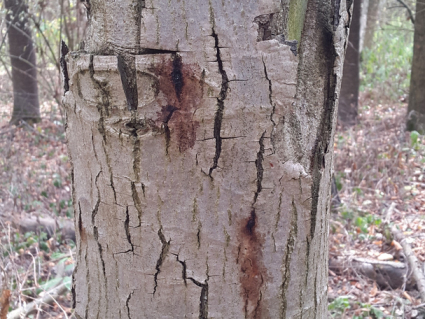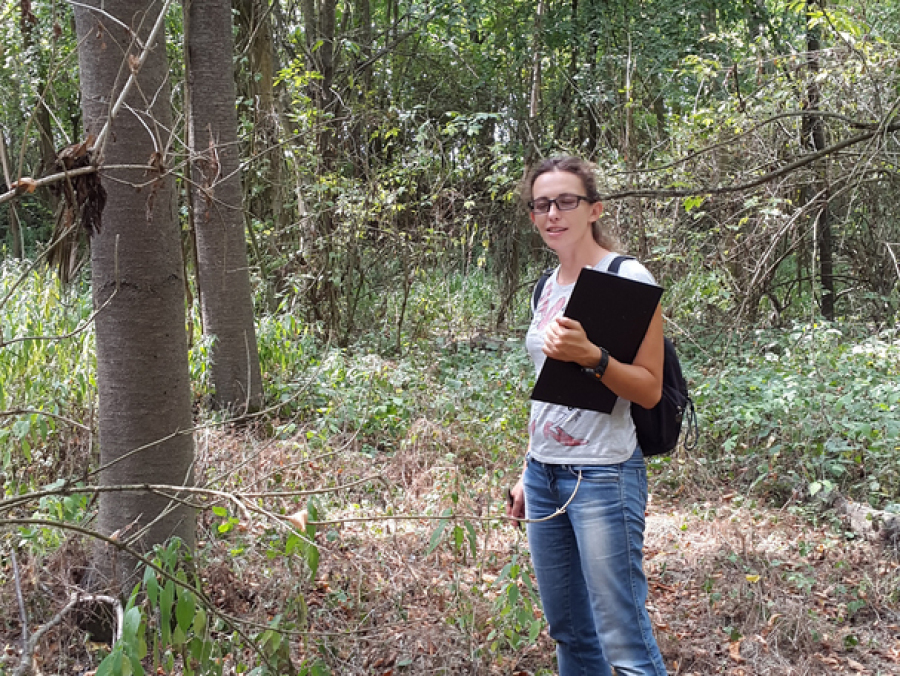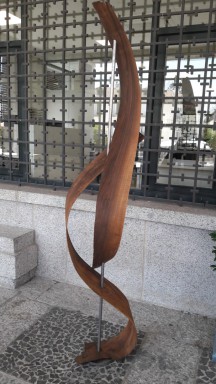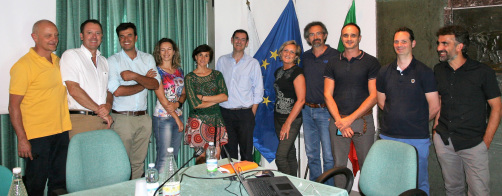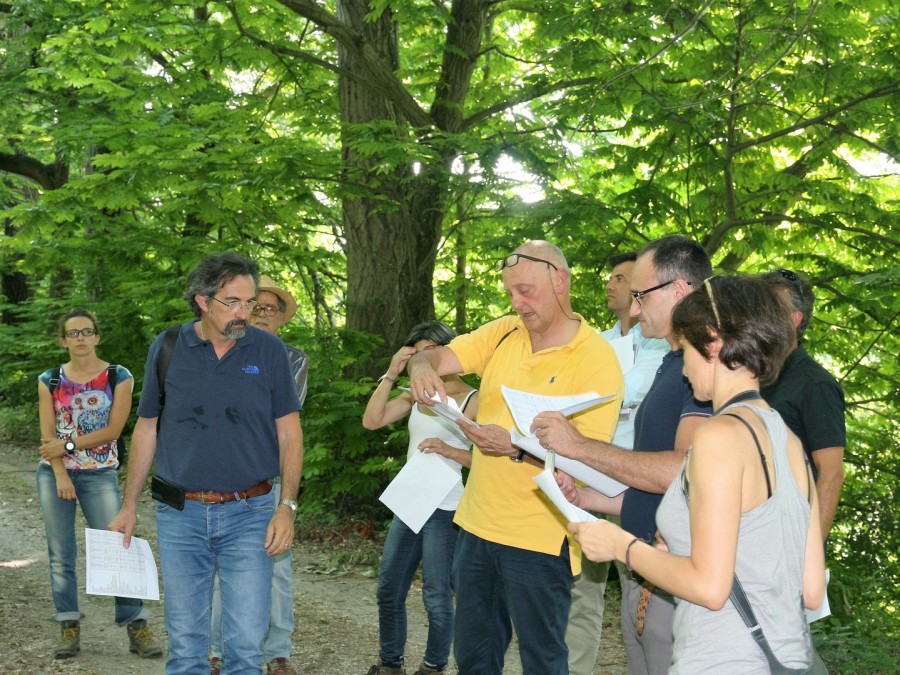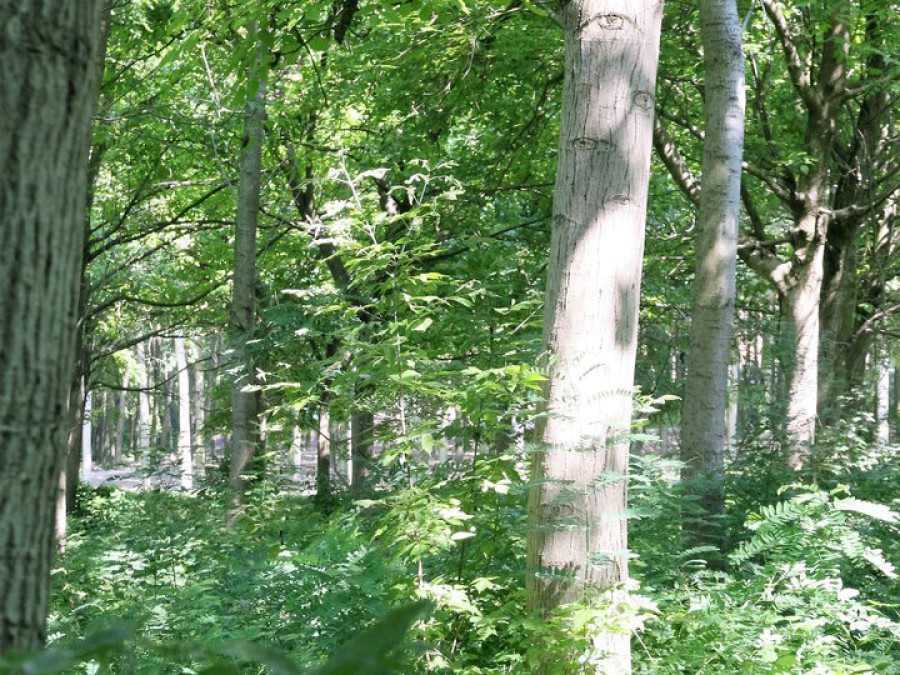Inspection for health evaluation of walnut trees in some plantation of Woodnat project
by Sara Bergante, Gaetano Castro, Pier Mario Chiarabaglio, Achille Giorcelli
In the day 08-08-2017 a team of Woodnat researchers starts to verify the phytosanitary conditions of some Woodnat plantations in Piedmont, Italy. It was necessary to see plantations as soon as possible, as strong drought could cause the fall of the leaves making many evaluations impossible. The very high temperatures of the summer in this year and the drought, have undoubtedly weakened many plantations, and have exposed them to increased health risks.
In total, 9 plantations have been visited: ‘Novara_1’. ‘Novara_2’, ‘Pozzolo F’, ‘Pozzolo F_sud’, ‘Montaldeo’, ‘Moltaldeo_2’, ‘Sezzadio puro’, ‘Sezzadio consociato’, ‘Sezzadio misto’.
For some of them it wasn’t possible to verify conditions; in fact ‘Pozzolo F’, and ‘Pozzolo F_sud’ were harvested in July and probably sold as biomass. The stumps were still present and the soil wasn’t cultivated at the time of the visit. The two stand of ‘Montaldeo’, in hilly areas show many frost damage, in the distal parts of the branches and flowers, still visible because they were suddenly affected by frost; in fact, the damage was caused in late spring (May), and visibly reduced the size of canopy (in average 1.5 m of damage for each branch) of all plants in the two stations. In spite of drought, there were no obvious problems with walnuts, while the trees of cherries consociated, which did not exhibit frost damage, showed serious problems for drought and the consequent attack of Cylindrosporium. In ‘Montaldeo_2’ it was possible to see also a geometric thinning on walnuts, but many stumps were re-sprouting. In the stand pure of ‘Sezzadio’, (‘Sezzadio puro’), no new damages were visible, and also the damages of Brenneria nigrifluens seemed to be reduces; in the ‘Sezzadio misto’ the damages of B. nigrifluens were still visible (Fig.1). In the ‘Sezzadio consociato’ stand the team see the presence of Gnomonia leptostyla (conidial state Marssonina juglandis), which, however, did not cause any damage to growth and production. In this site there was no damage due to spring frost or summer drought. In ‘Novara_1’, no problems were find, while in ‘Novara_2’ it was evidently a certain mortality, with trees of the two species (Juglans regia and Juglans nigra) suddenly died. It assumes a certain water stagnation and consequent radical asphyxia in some areas of the field.
Concluding, no damages due to drought were find in the plantations visited. The damages of frost were particularly serious in ‘Montaldeo’, these have probably slowed
growth but did not damage the stem.
Despite the strong heat and drought, the walnut trees did not have serious health problems, but the sudden death of some specimens in the Novara test remain dubious.
WALNUT & ART
Bosques Naturales, a major WOODNAT partner, is engaged in a new activity regarding the use of walnut wood for artistic purposes, based on the great aesthetic
properties of this remarkable species, its historical value and valorization of the “green” values of the company.
In that context, Bosques Naturales is collaborating with Ricardo Santonja a Spanish artist who is also Professor at the Architectural School of the Polytechnic University of Madrid and has a long
career linking research and development, art, design and new materials.
As a result of this collaboration, Ricardo has been taken some wonderful photos of Bosques Naturales planted forest in Galicia (North West of Spain), which are included in this post, and he has
participated in an sculpture exhibition organized by the group “Mínimo Tamaño Grande”. With his piece (shown in the photo) named “Savia esencia” (in Spanish, “Sap Essence”).
Photo : Ricardo Santonja
Third General Assembly of Woodnat - Mantova - Italy
The third general assembly of WOODNAT Project was hold between 13th and 14th June 2017. The meeting took place in Mantova (Italy). The Consortium Partners had he
opportunity to meet at CREA facilities. In addition to this, CREA experts guided to the Partners throughout a visit to innovative Walnut plantations placed in the north of Italy.
The meeting helped to check that most of the activities of WOODNAT Project have already started. The Project Partners shared their activity up to the moment and also gave advance of achievements. ECM
showed more than 800 field experiences already launched and BOSQUES NATURALES shared their good results on plant nursery. In addition to the technical advances, some administrative issues were
clarified.
During the meeting, it was approved the structure of the future Project presentation. That structure was defined to allow all partners to take part on it and show their own achievements. The
Consortium members also agree about holding the next General Assembly in Spain: either in Madrid or in Galicia. WALE suggested a possible collaboration with Wood Experts from France that might be
interested on WOODNAT and the Spanish Northwest region possibilities.

